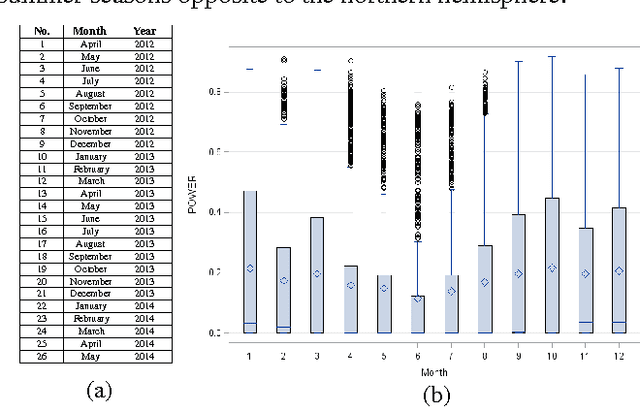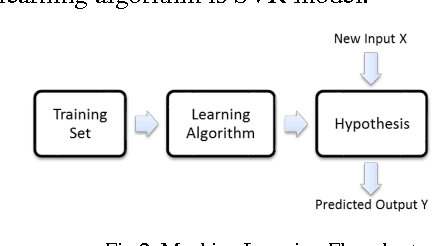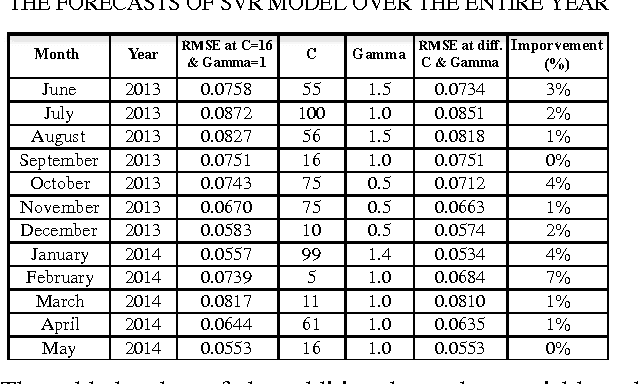Solar Power Forecasting Using Support Vector Regression
Paper and Code
Mar 29, 2017



Generation and load balance is required in the economic scheduling of generating units in the smart grid. Variable energy generations, particularly from wind and solar energy resources, are witnessing a rapid boost, and, it is anticipated that with a certain level of their penetration, they can become noteworthy sources of uncertainty. As in the case of load demand, energy forecasting can also be used to mitigate some of the challenges that arise from the uncertainty in the resource. While wind energy forecasting research is considered mature, solar energy forecasting is witnessing a steadily growing attention from the research community. This paper presents a support vector regression model to produce solar power forecasts on a rolling basis for 24 hours ahead over an entire year, to mimic the practical business of energy forecasting. Twelve weather variables are considered from a high-quality benchmark dataset and new variables are extracted. The added value of the heat index and wind speed as additional variables to the model is studied across different seasons. The support vector regression model performance is compared with artificial neural networks and multiple linear regression models for energy forecasting.
 Add to Chrome
Add to Chrome Add to Firefox
Add to Firefox Add to Edge
Add to Edge